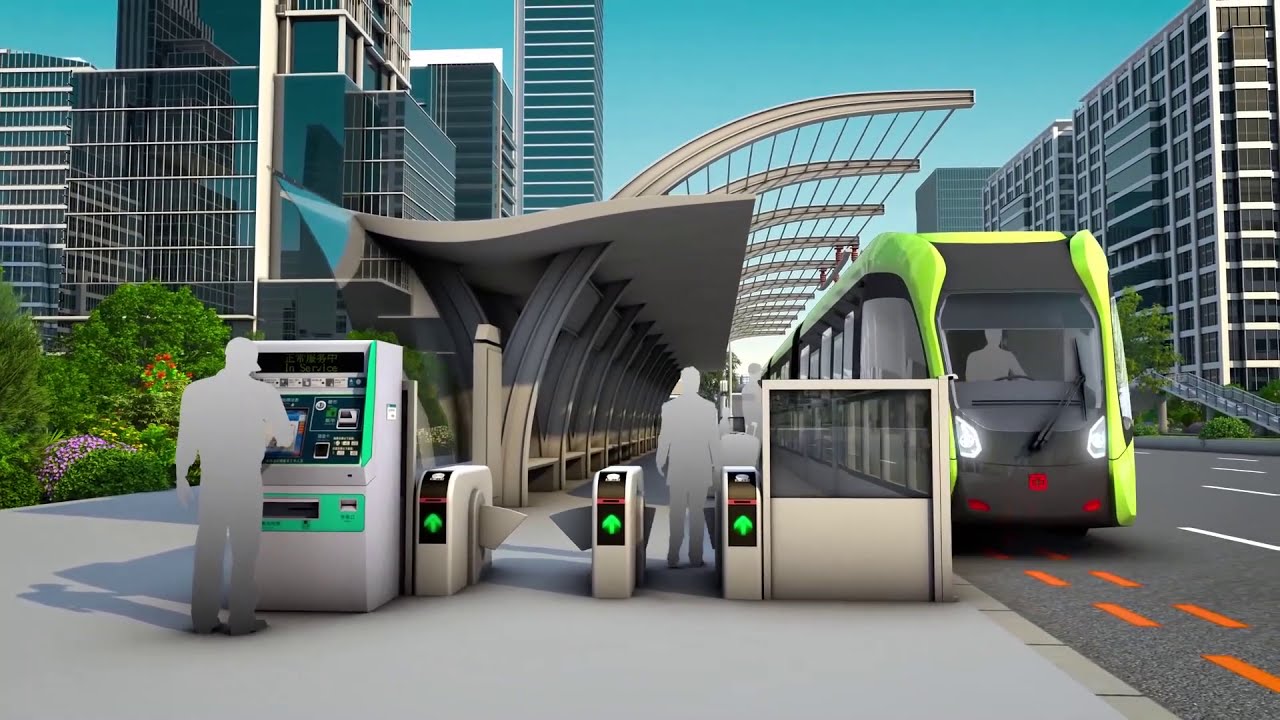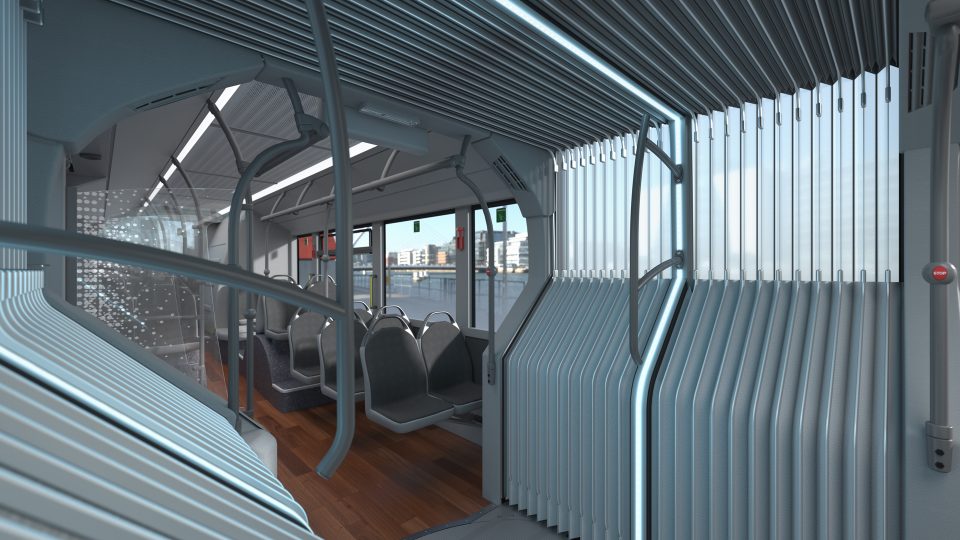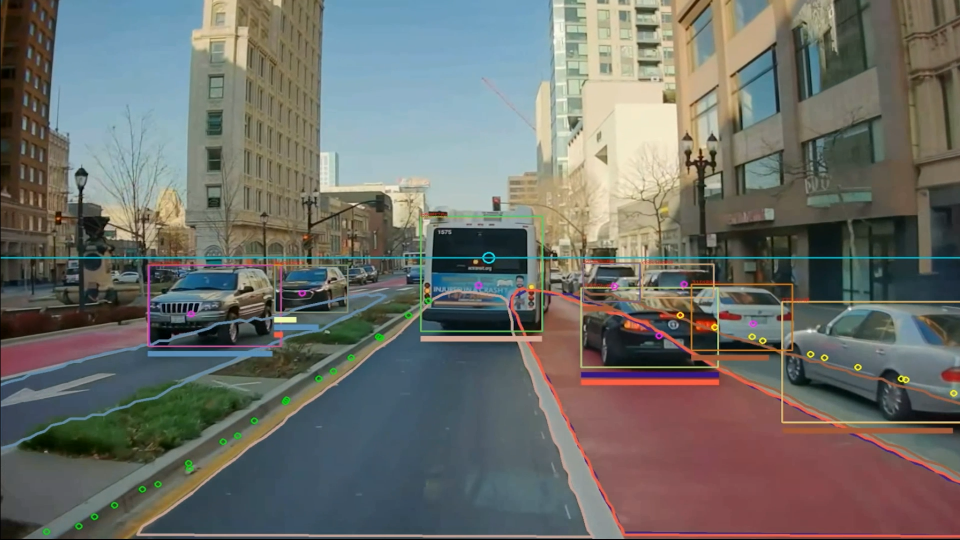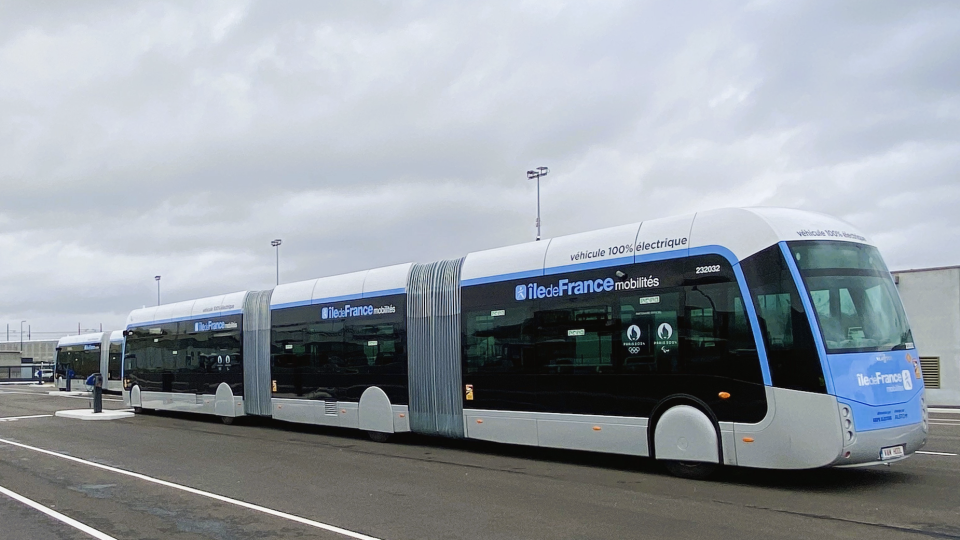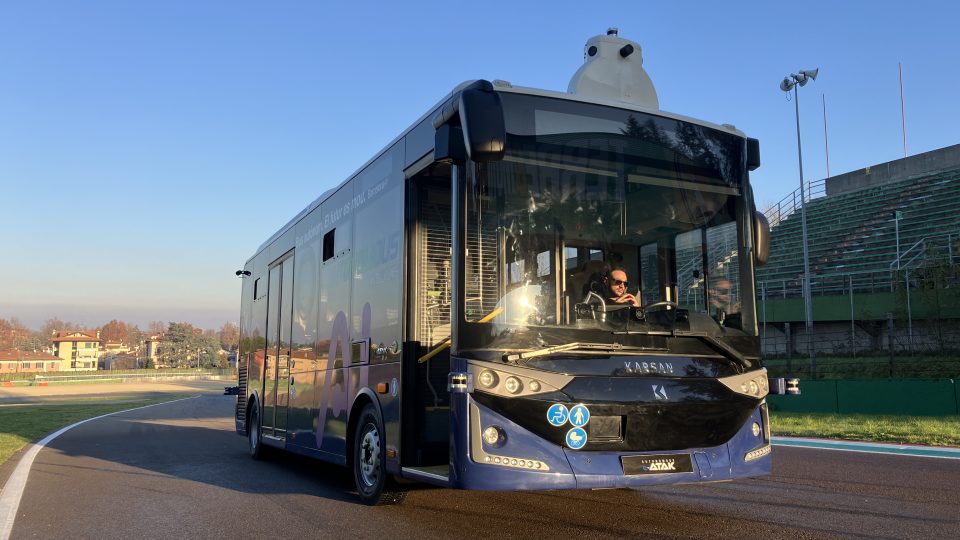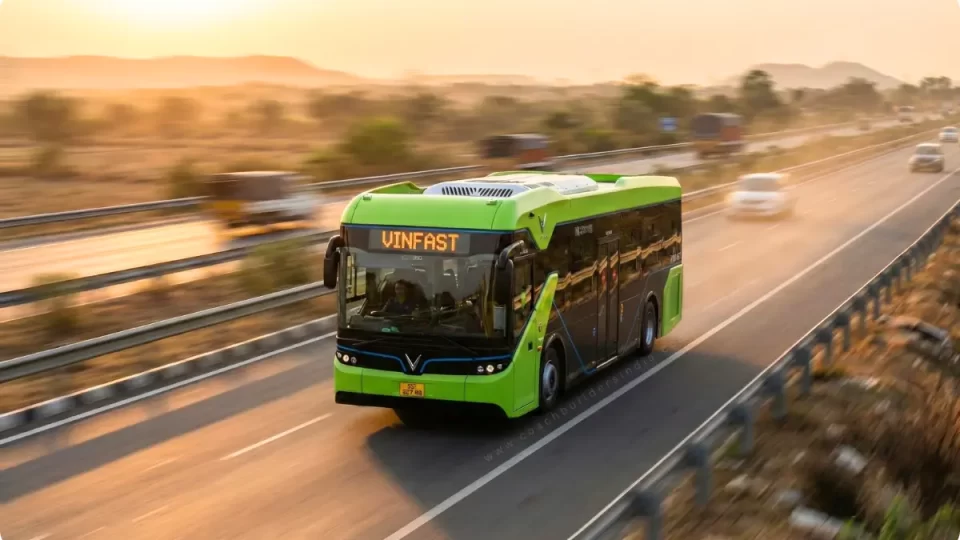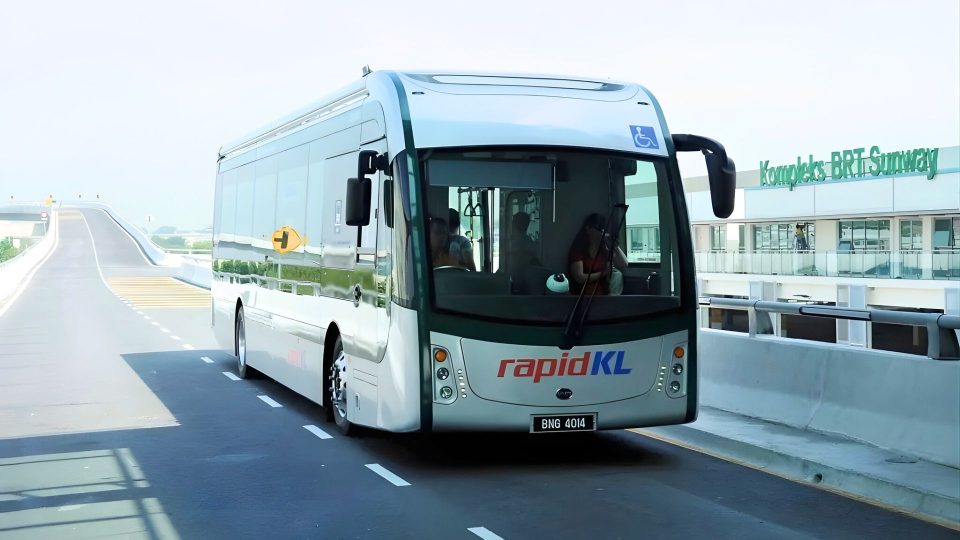Trackless tram trial launched in Stirling (Perth, Australia) with a 30-meter vehicle on wheels by CRRC
Australia’s first trackless tram is on the road, in a trial that the City of Stirling (suburb of Perth, Western Australia) hopes will see this mid-tier transit become a future public transport service connecting Glendalough Train Station to the iconic Scarborough Beach precinct. The 30-metre-long vehicle running on rubber tyres arrived at the City in […]
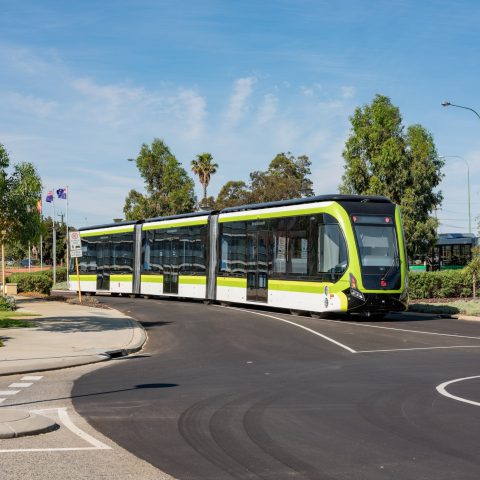
Australia’s first trackless tram is on the road, in a trial that the City of Stirling (suburb of Perth, Western Australia) hopes will see this mid-tier transit become a future public transport service connecting Glendalough Train Station to the iconic Scarborough Beach precinct.
The 30-metre-long vehicle running on rubber tyres arrived at the City in September and is currently undergoing a range of tests by experts from across Australia, the city council states. This research will be used to understand how the vehicle operates, the impacts on the road surface and what the ride quality for passengers is like.
The project is being delivered with partners Curtin University, Chinese vehicle manufacturer CRRC, Shanghai Electric and Infrastructure Technology Solutions.
A trial of trackless tram in Stirling, Australia
The trial which has been funded by the Commonwealth Government will continue until the end of November, giving government and local business stakeholders an opportunity to examine how the technology may be implemented in the Australian context and what benefits it could provide.
The vehicle t can travel at a speed of 70km/h and carry up to 150 passengers. It’s guided by magnetic nails that are imbedded in the road. It is operating on a dedicated lane, with priority at traffic lights. What is interesting, it’s a bidirectional vehicle: driver can seat at both ends and doesn’t need to turn around making access into Scarborough Beach trouble-free.
The tram has a flat wide floor, with easy access from station platforms and room to accommodate e-rideables, prams, wheelchairs and surfboards.
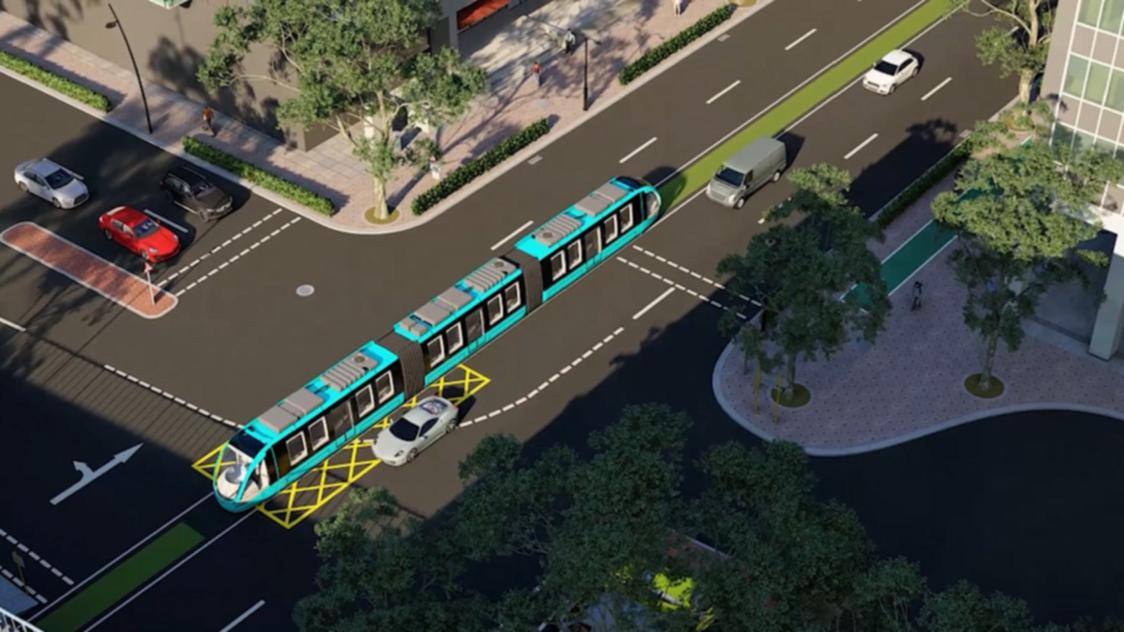
“It is really important for us to understand what our community think about the Trackless Tram as part of this trial,” Mayor Mark Irwin said. “They will be the future users of this public transport system and we want to know whether this is going to encourage them to make the switch out of their cars and onto the tram to get from the City to the beach. A permanent tram route in the City of Stirling would enable us to achieve a range of positive economic, business, transport and sustainability outcomes – reducing congestion and improving access to employment and tourist destinations,” he said.
“During peak hours the current road network in the Stirling City Centre, including parts of Scarborough Beach Road, is at capacity, and congestion and parking around the Scarborough precinct is a challenge. The tram offers a real possibility of getting people to leave their cars at home and use public transport, reducing emissions and making it easier for people to get around. A permanent Trackless Tram system could support urban regeneration right along Scarborough Beach Road, creating a vibrant and connected community. However, for this to become a reality it will require collaboration across community, business and government sectors. I would encourage everyone to get on board this new technology at one of the City’s Trackless Tram events to experience the benefits of this cutting-edge technology first-hand.”
